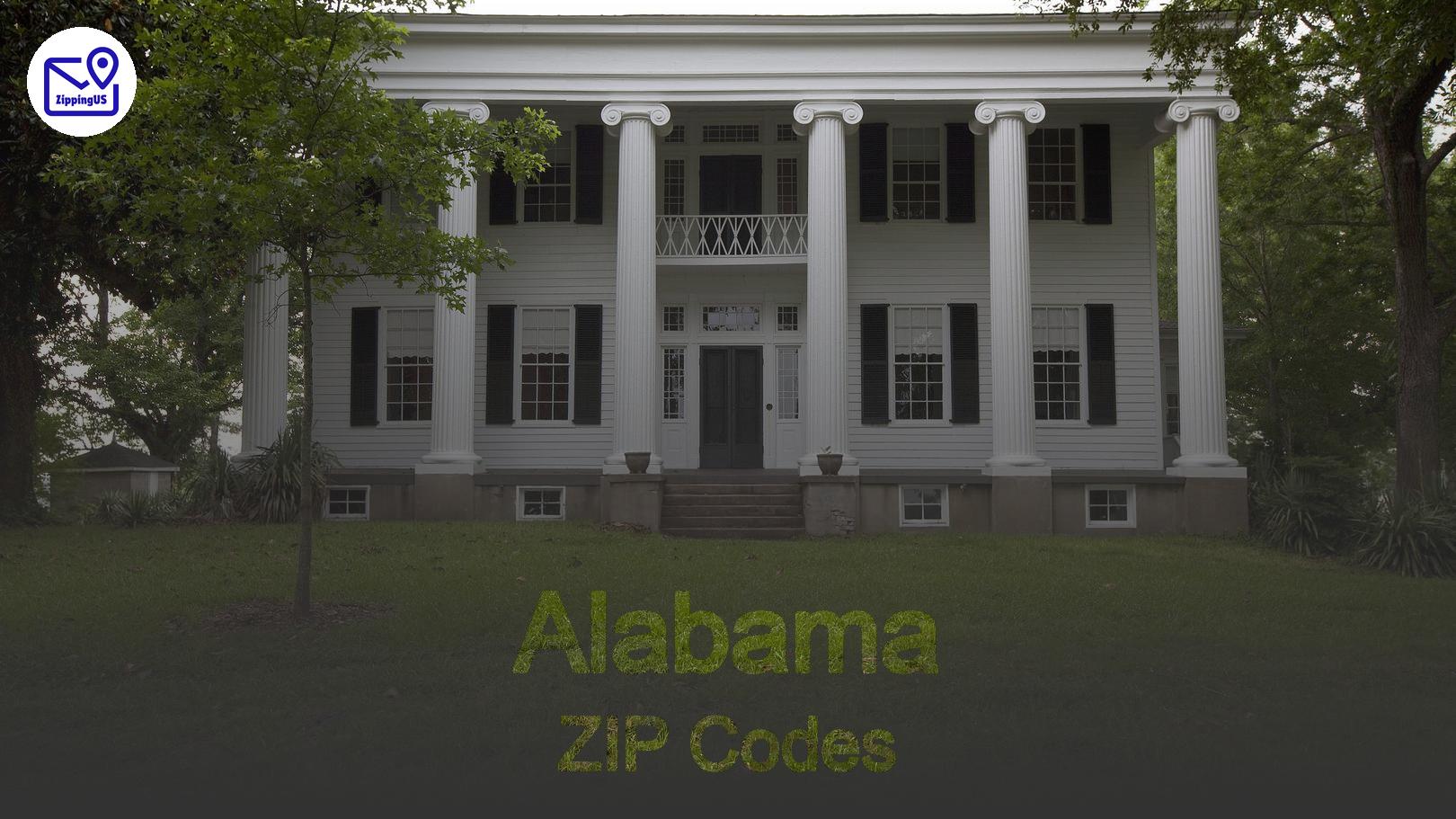Ever wondered what those five digits in Ohio mean? Zip codes aren’t just random numbers. They tell a story about the place you live, work, or even visit. In Ohio, a state full of cities, small towns, and scenic countryside, these zip codes help keep everything organized. Whether you're shipping a package, setting up your GPS, or just curious about Ohio’s geography, understanding zip codes makes life a bit easier.

In this article, I’m going to break down Ohio zip codes, explaining what they are, how they work, and why they’re important. I'll also dive into how these codes connect to specific regions, helping you navigate the Buckeye State like a pro!
What Is a Zip Code?
Let’s start with the basics. Zip codes are a system of postal codes used by the United States Postal Service (USPS). The term “ZIP” stands for "Zone Improvement Plan." These codes make mailing and deliveries faster and more efficient by grouping locations. Each code usually covers a specific area, ranging from a single building to a large city.
In Ohio, zip codes are no different. They’re divided across the state, helping to organize everything from urban neighborhoods in Cleveland to rural villages in southern Ohio.
Why Do Zip Codes Matter?
Zip codes are more than just numbers on your mail. They serve many important purposes:
- Speed Up Mail Delivery: Zip codes make sure your letters and packages get where they’re going, without delays.
- Identify Locations: They tell you exactly where a place is, whether it’s a big city like Columbus or a small town like Bellefontaine.
- Help with Marketing: Businesses use zip codes to target specific areas. That’s why you see ads for local pizza places or nearby services.
Ohio Zip Code Structure
Ohio zip codes follow the standard 5-digit format used throughout the U.S. Sometimes, you might see them extended with four more digits. These extra numbers help identify more specific locations within a zip code. Here's a simple breakdown:
- First Digit: The first number in a zip code shows the region. In Ohio, it’s usually 4.
- Next Two Digits: These pinpoint a specific area or large city within the region.
- Last Two Digits: These narrow it down even more, often focusing on smaller areas or neighborhoods.
Ohio Zip Code Regions
Let’s break down Ohio by its major regions and explore the most common zip codes in each area:
| Region | City | Zip Codes |
|---|---|---|
| Northern Ohio | Cleveland | 44101 - 44199 |
| Central Ohio | Columbus | 43085 - 43299 |
| Southern Ohio | Cincinnati | 45201 - 45999 |
| Western Ohio | Dayton | 45301 - 45499 |
| Eastern Ohio | Akron | 44201 - 44399 |
Northern Ohio (Cleveland and Surrounding Areas)
Northern Ohio is dominated by Cleveland, home to more than 300,000 people. It includes various suburbs and surrounding areas. The 441 zip code is most common here, with neighborhoods like Lakewood, Parma, and Euclid each having their own variations of the number.
- Cleveland: 44101 - 44199
- Lakewood: 44107
- Parma: 44130
- Euclid: 44123
Central Ohio (Columbus and Surroundings)
If you’re in Central Ohio, you’re probably in or near Columbus, the state capital. Columbus is a growing city with a booming tech and business scene. The most common zip codes here start with 43, like:
- Columbus: 43215 (Downtown), 43219 (Airport)
- Westerville: 43081
- Dublin: 43017
Southern Ohio (Cincinnati and Surroundings)
Down south, Cincinnati takes the spotlight. It’s a major hub for culture, sports, and industry. Most Cincinnati zip codes start with 452. If you’re heading to the Queen City, here’s what you might see:
- Downtown Cincinnati: 45202
- Blue Ash: 45242
- Anderson Township: 45255
Western Ohio (Dayton and Surroundings)
Over in the western part of Ohio, Dayton serves as a key city. With a strong history in aviation, Dayton's zip codes mostly fall under 453 and 454. Here are a few examples:
- Downtown Dayton: 45402
- Beavercreek: 45431
- Fairborn: 45324
Eastern Ohio (Akron and Surroundings)
Lastly, let’s not forget about Eastern Ohio. Akron leads the way here. Akron, known as the "Rubber Capital of the World," uses zip codes starting with 442 and 443.
- Akron: 44308
- Cuyahoga Falls: 44221
- Kent: 44240
Interesting Facts About Ohio Zip Codes
- Ohio’s lowest zip code is 43001 in Alexandria, a small village in Licking County.
- The highest zip code in Ohio is 45999, which belongs to Cincinnati.
- Cleveland has the most zip codes in Ohio, ranging from 44101 to 44199.
- Ohio has over 1,300 zip codes, covering everything from bustling cities to quiet rural areas.
How to Find a Zip Code in Ohio
Sometimes you might need to find a zip code quickly, like when ordering something online or mailing a letter. Here are some easy ways:
- Online Search: Just type the city or address into a search engine, followed by “zip code.”
- USPS Website: The official USPS site has a zip code finder.
- Maps: Apps like Google Maps or Apple Maps show zip codes when you search for a location.
FAQs About Ohio Zip Codes
1. How are Ohio zip codes assigned?
Zip codes are assigned based on population density and geographical location. Bigger cities like Cleveland and Columbus have more zip codes because they cover larger areas.
2. Why do some places in Ohio have the same zip code?
Sometimes neighboring towns or neighborhoods share the same zip code to make mail sorting easier. This is common in rural areas.
3. What’s the difference between a zip code and a postal code?
In the U.S., we use the term "zip code," while "postal code" is more common internationally. They mean the same thing.
4. Can zip codes change?
Yes! If a city grows or changes, zip codes can be updated. New areas may get their own zip codes to handle increased mail volume.
5. What’s the purpose of the extra four digits in a zip code?
These extra digits, called ZIP+4, help the USPS sort mail even faster by identifying very specific locations, like a particular building or suite.
Exploring Ohio Through Zip Codes
Ohio is full of diverse cities and towns, and zip codes help keep everything in order. Whether you're planning a trip, shipping something, or just learning about the state, understanding Ohio's zip code system can be super helpful. The next time you see a zip code, you’ll know exactly what it means—and maybe even where it’s pointing you!








